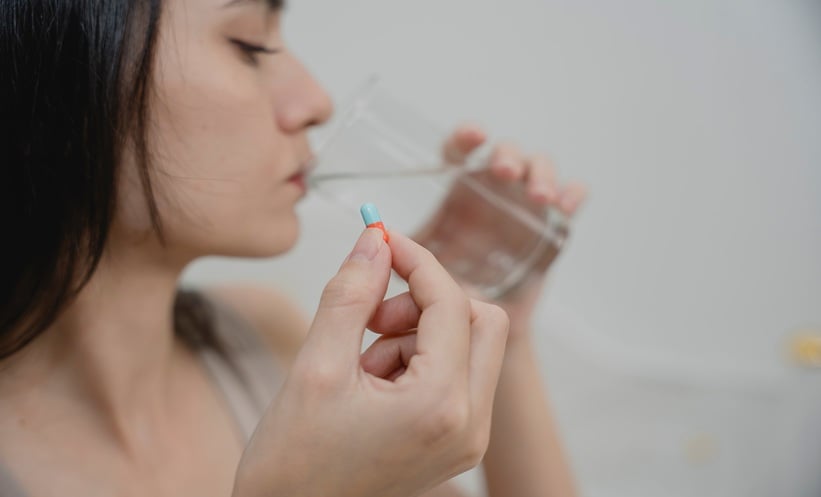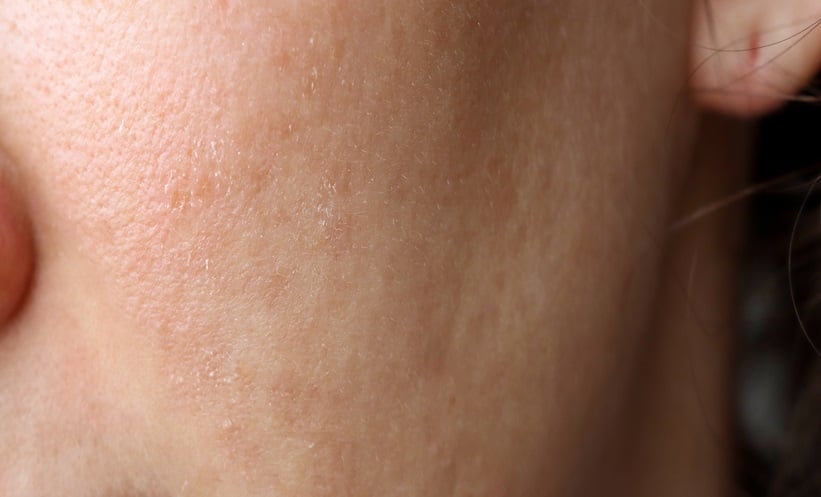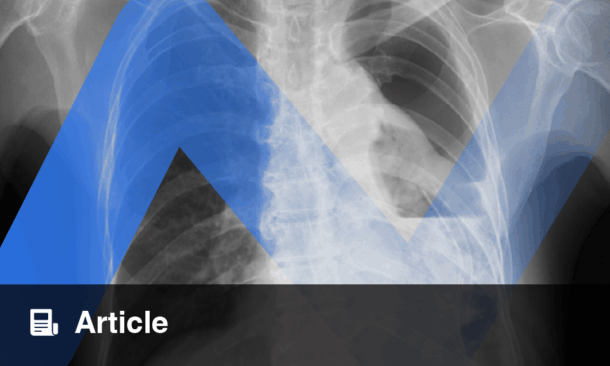PERIOPERATIVE corticosteroid use significantly reduced postoperative seroma formation in patients undergoing breast cancer surgery, with hydrocortisone emerging as the most effective agent.
Systematic Review and Meta-Analysis Findings
This systematic review and meta-analysis evaluated data from seven randomized controlled trials involving 689 patients to determine whether corticosteroids prevent seroma formation following breast cancer surgery. The pooled analysis demonstrated that corticosteroids lowered seroma risk by nearly 70% (OR: 0.31; 95% CI: 0.20–0.48). Among corticosteroid types, hydrocortisone produced the greatest effect (OR: 0.14) compared with methylprednisolone (OR: 0.41; P=.0155).
Publication bias analysis using the Duval and Tweedie method identified three potentially missing studies; after adjustment, the effect remained significant (adjusted OR: 0.42; 95% CI: 0.28–0.63, P<.001). Study heterogeneity was low (I²=17.3%), suggesting consistent findings across trials.
Hydrocortisone Shows Superior Efficacy
Hydrocortisone demonstrated greater benefit than other corticosteroids in preventing seroma formation, likely due to its potent anti-inflammatory action and capacity to reduce vascular permeability and fluid accumulation at the surgical site. Subgroup analyses suggested variability based on timing and route of administration, though the overall effect remained favorable for corticosteroid use.
Clinical Implications for Breast Cancer Surgery
Seroma formation is one of the most frequent complications after mastectomy and lumpectomy, occurring in up to 85% of cases. It can cause discomfort, infection risk, delayed wound healing, and impaired cosmetic outcomes. The study’s findings indicate that corticosteroids, particularly hydrocortisone, may provide a simple and effective preventive approach when administered perioperatively.
While results are promising, the authors noted limitations including small sample sizes, protocol variability, and moderate publication bias. Larger randomized trials are warranted to confirm optimal dosing strategies and administration timing.
Careful patient selection and shared decision making will be important as clinicians balance the potential benefits of perioperative corticosteroids with individual comorbidities and institutional protocols.
Reference: Alnajjar JS et al. Does the use of perioperative corticosteroids reduce the incidence of seroma formation after breast cancer surgery? A systematic review and meta-analysis. Ann Saudi Med. 2025;45(6):435-444.








